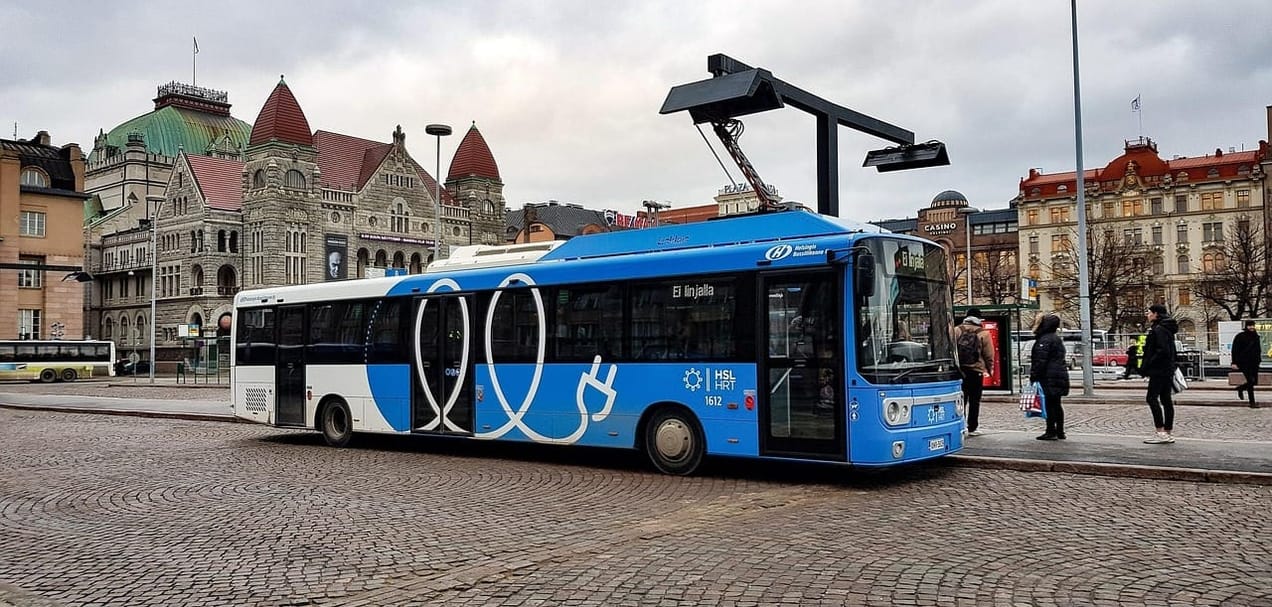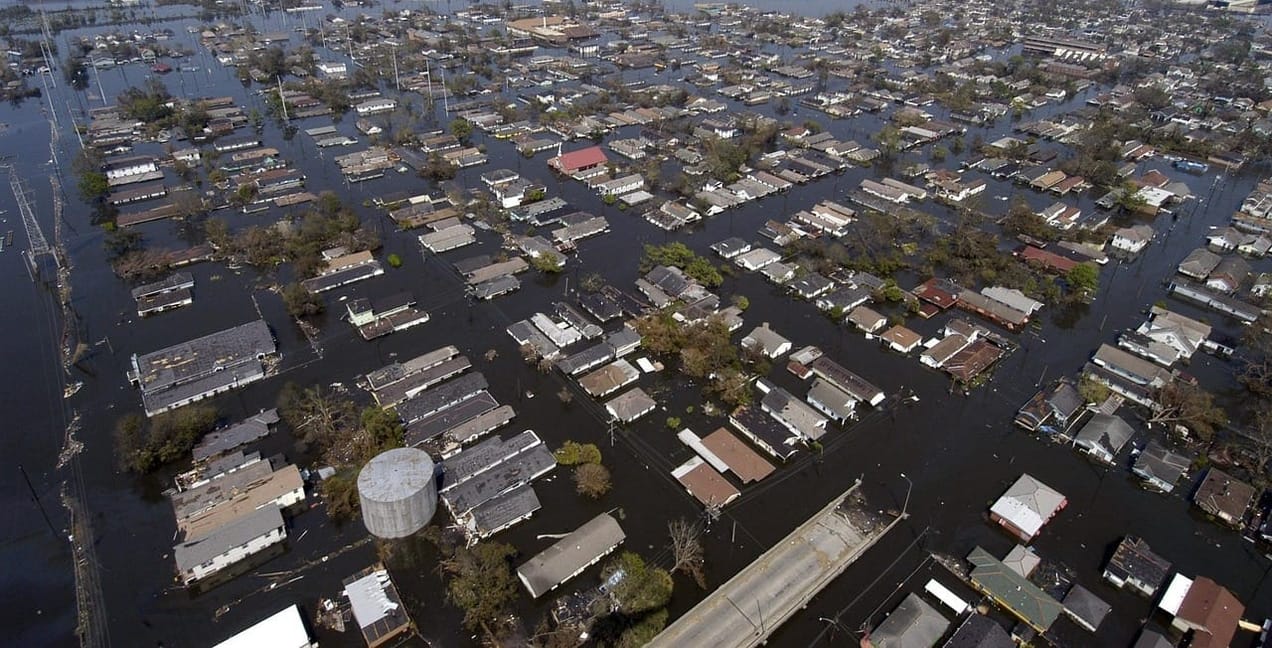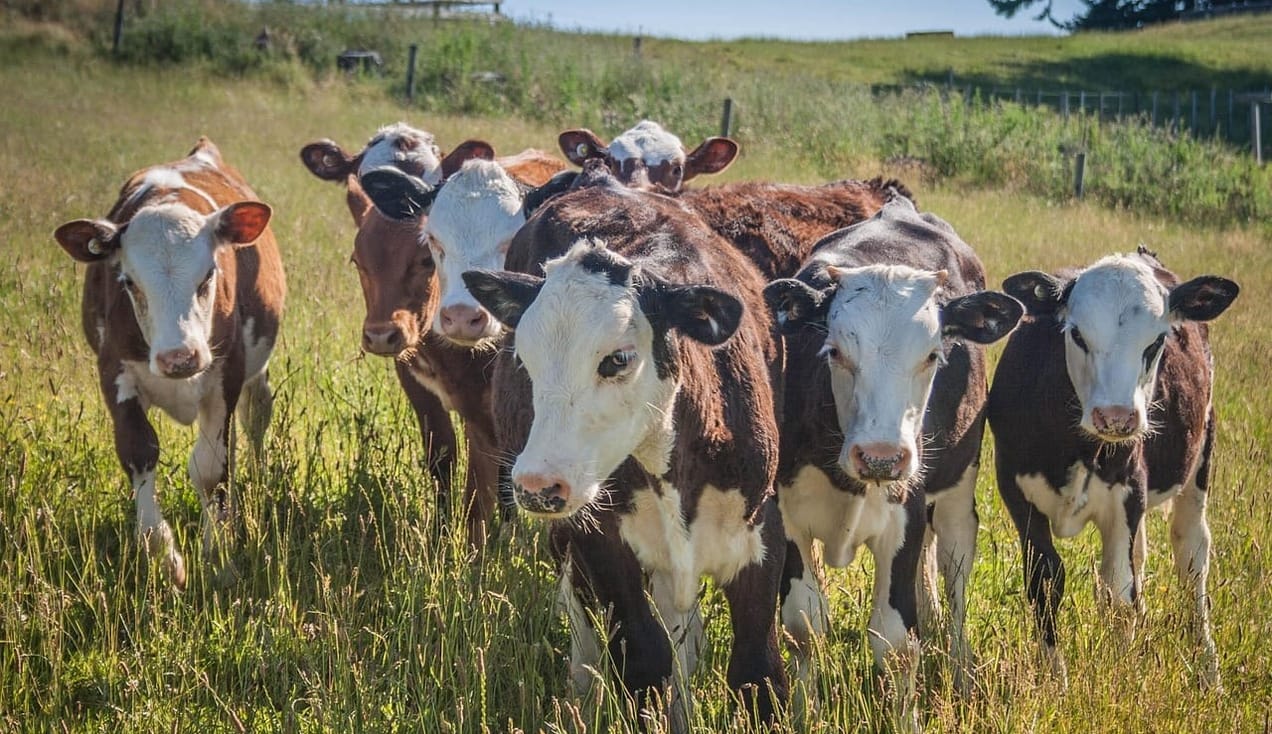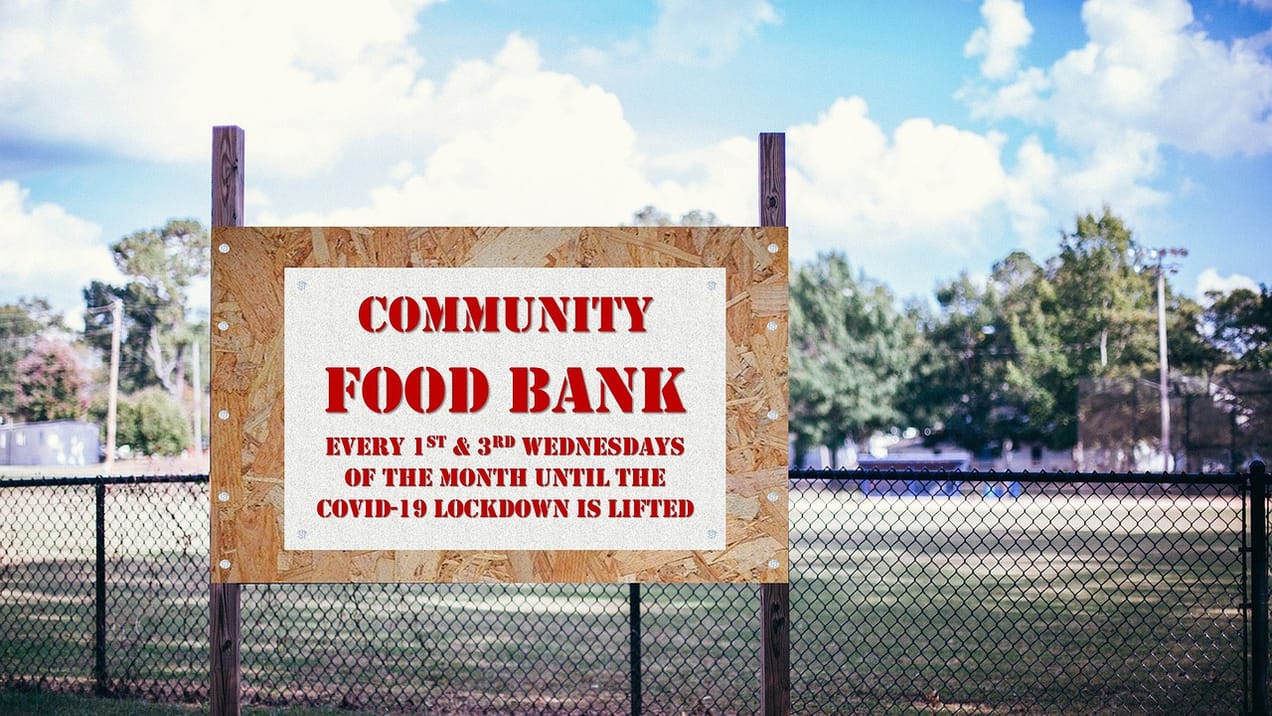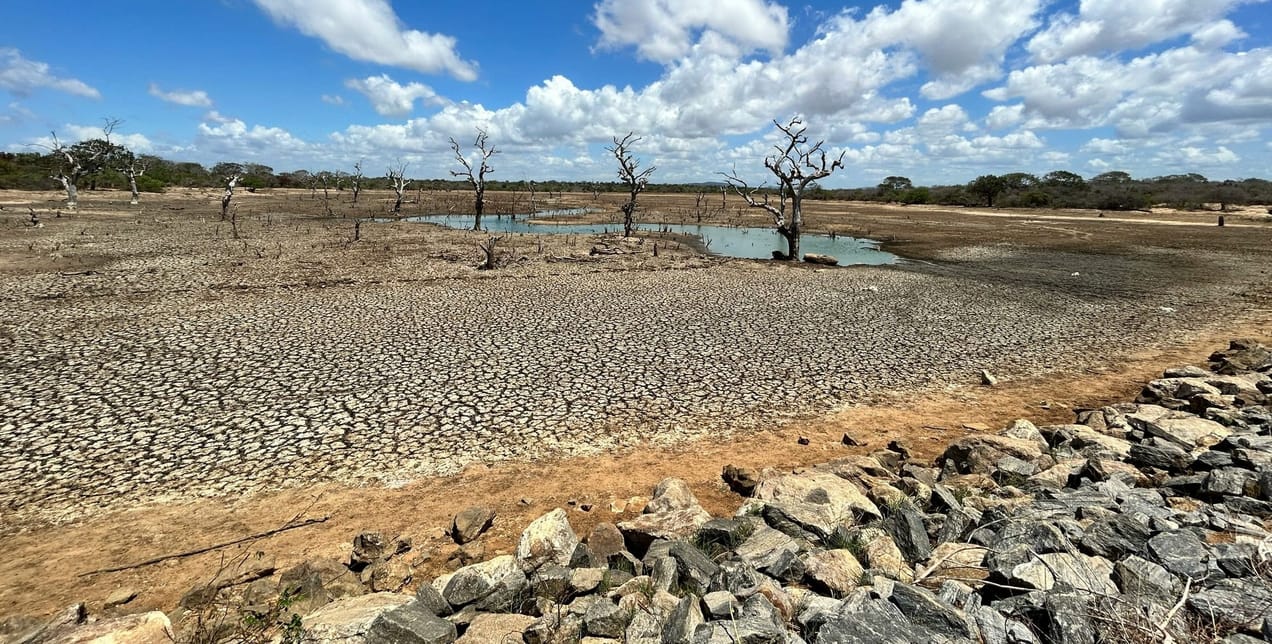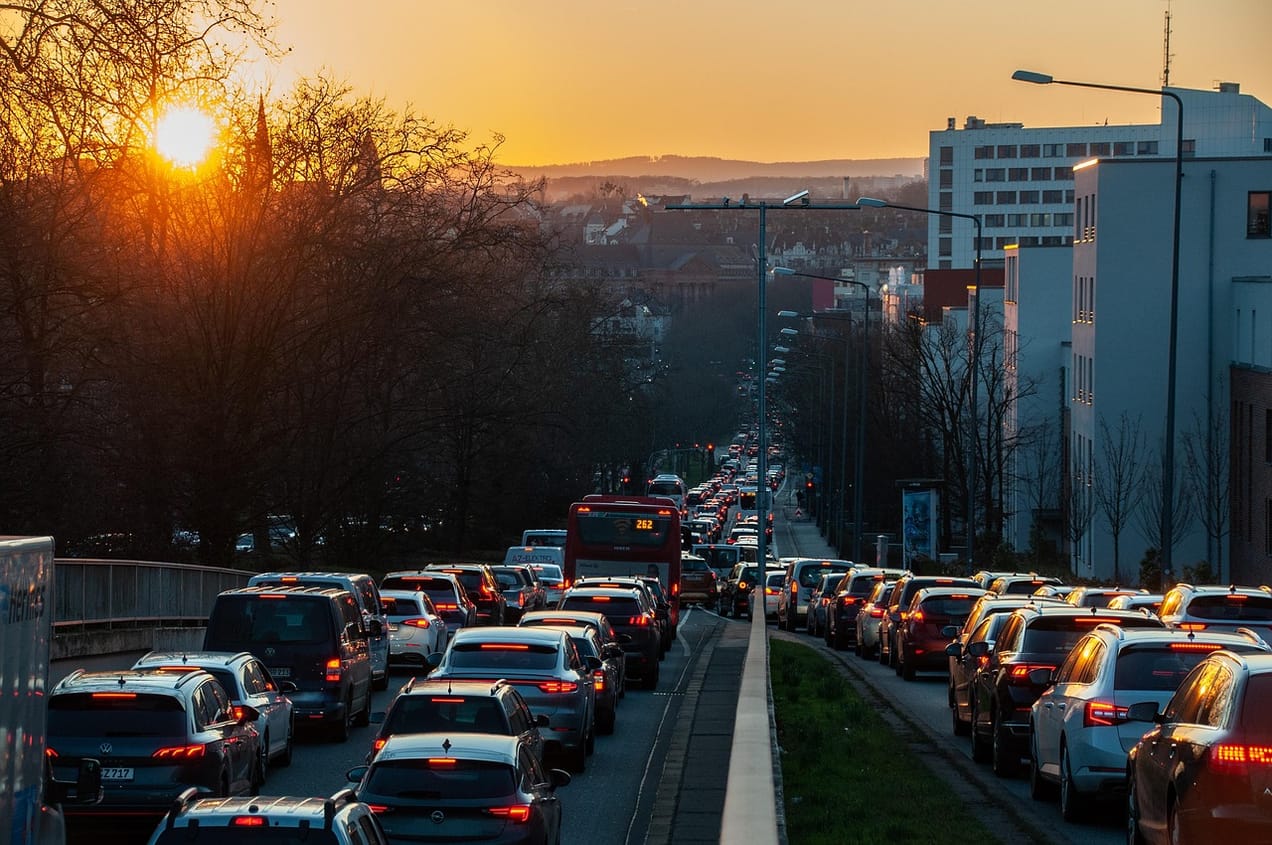Thematic Thoughts
Real world sustainability linked changes and what they might mean for companies and investors
Sunday Brunch: a financial perspective on sustainability
The financial implications of the sustainability transitions are becoming more important than ever. Over the last few years the pushback to sustainability has grown. We argue that the best counter is using the logic of long term value creation. Plus of course good old fashioned political lobbying.
Sunday Brunch: Is timber our building secret weapon ?
Timber is a great building material. One target is using more timber as a structural material, which requires some new thinking by engineers. We need new design approaches, including a greater re-use of reclaimed timber. But timber is never going to fully replace concrete & steel.
Sunday Brunch: how does human capital make a difference?
We know that 'people are our biggest asset' but how do we include this in financial investment cases? Traditional financial accounts give only part of the picture (the result), not the how & the why. A framework from Felix Oberholzer-Gee at HBS can help us think about human capital like an investor.
Sunday Brunch: Should I invest in electric buses ?
Living as I do in Europe, the shift to electric buses looks strong, capturing a growing share of the new bus market. But from an investor perspective is this the full picture. Yes & No. Other questions we also need to ask - how many existing buses are electric, and where are the sales happening?
Sunday Brunch: Is self insurance a hidden investor risk?
We are increasingly reading about how many private insurance companies are massively increasing premiums, or withdrawing from some markets altogether. In some cases the government is taking up the slack, but in others it's companies via self insurance. Is this a risk investors should worry about?
Sunday Brunch: Is shifting meat consumption possible?
This is not a question about whether it is possible for humans to prosper by eating less meat (we know that is possible). It's more about how we might get to this outcome, given that our economic system currently has conflicting objectives around the price of food vs our health & environment.
Sunday Brunch: What if I cannot afford what I need?
We often mix up what as a society we need, with what we can afford. This is not about blocking sustainability actions. It's about identifying who needs to do what to make something actually happen. And we need to remember that not all decisions are purely financial.
Sunday Brunch: Should I worry about floods or heat stress
Based on what's in the press, we should worry more about floods and sea level rise. But, while the financial impact of floods on our society is material, the human cost of excess deaths suggests we should also worry about heat stress, as this may make regulation of building cooling more likely.
Sunday Brunch: Sustainability, creative destruction, and Nobel prizes
Hoping that incumbent companies will change can lead to disappointment. Incremental is ok, but big changes sometimes need a new entrant. Incumbents have too much to lose. So maybe our first question should be 'will the incumbents deliver the change we want or do we need creative destruction'?
Sunday Brunch: the future is not evenly distributed
It's often hard to get people to worry about the long term when the short term looks fine. This bias is a real challenge in sustainability. It can not only lead us to underestimate the financial risks, it can also lead us to misunderstand them. Global agricultural production is a great example.
Sunday Brunch: being a win/win doesn't guarantee it happens
Some phrases mean different things to different people. Win/win is one of those. Even if an action can be shown to be a win for both a company and society, there are good reasons why management might still NOT act. We need to be clear about how the win will play out when we plan engagements.
Sunday Brunch: automotive outlook - yet more challenges
It's not getting easier for many automotive companies. Sales are will likely remain below pre covid levels for some time, and margin pressure looks unlikely to abate. And EV investment needs are rising. Can we expect them to be able to fund the EV transition - or does the future lie elsewhere?



